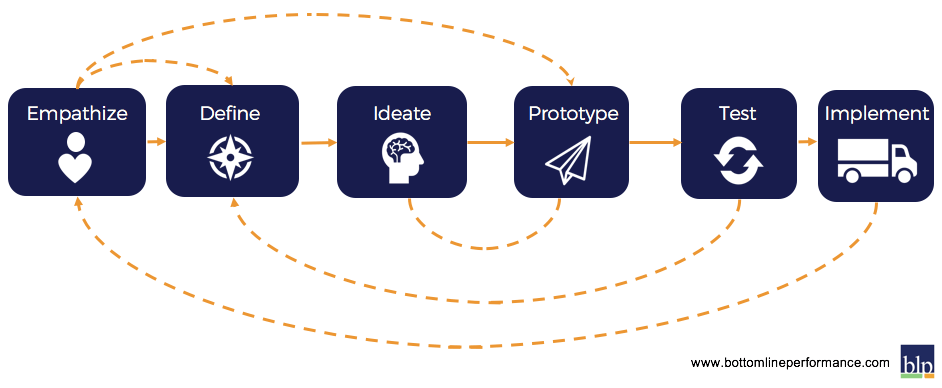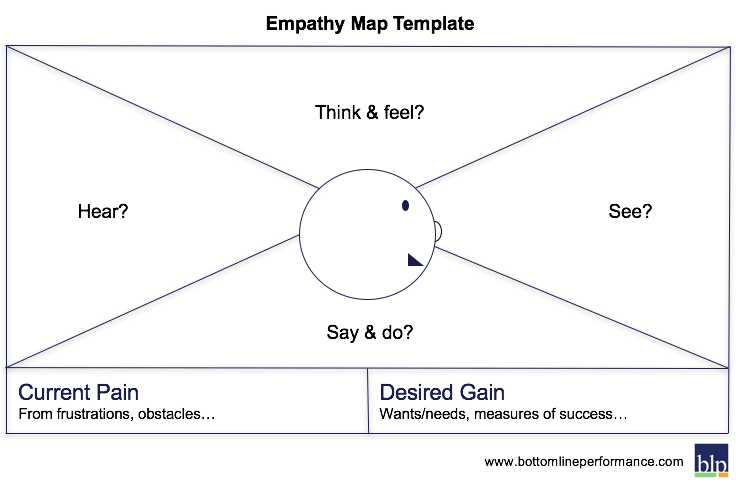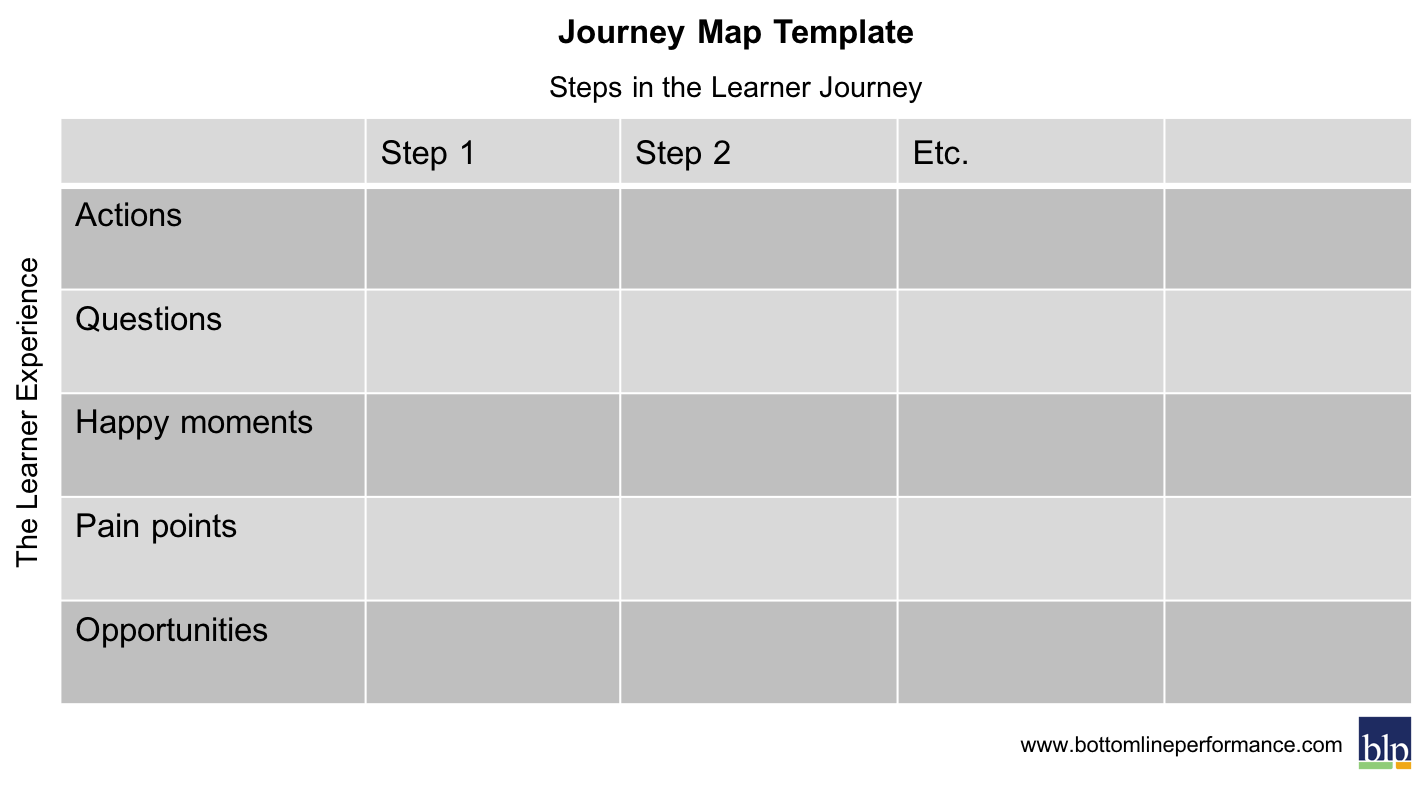Two years ago I was at a CLO conference in Austin, Texas. The keynote speaker asked a question that gave me pause then – and continues to drive me now. He asked, “Is the 45-minute course you created a good use of 45 minutes of the learner’s life? Because those are 45 minutes of time that individual does not get back.”
“Learner experience” (LX) is an emerging buzz term that originated from the software world, which focuses on “UX” or user experience. The question the speaker posed at the conference goes to the heart of what an effective user experience (aka learner experience) delivers to someone, which is three things:
1. Value – A good UX is one that solves a real problem for the user. If we deliver value, we are not wasting minutes of someone’s life.
2. Ease of use – A good UX is one that a user finds easy to navigate and to understand how to use. If we make something easy to use and to understand, we are supporting value (the first tenet of good UX).
3. Enjoyable – A good UX is a pleasure to use. It engages us and, optimally, it delights us.
Typically, UX refers to the experience of using software. But it can actually go way beyond software to our experiences in the real world. This could include our experience with a utensil, attending an event, or onboarding with a new organization or role. It has huge relevance to effective learning design.
So what happened?
Somewhere in the actual practice of instructional design, we throw this equation out of balance. We allow our stakeholders to exclude target learners from the design process and trust them to “represent” the learner. Or we become boxed in by the technical solutions that someone decided were going to become the “global” solutions for every learning in every situation (e.g. the LMS, the eLearning course created via a rapid authoring tool, the webinar, etc.)
The result, too often, is solutions that are out of balance. They may be viable from a business perspective and feasible from a technical perspective, but they completely miss the mark from the learner perspective. Or, they may be awesome from the learner point of view but technically unsustainable or unviable business-wise.
Design Thinking as a Solution
So how do we get to an optimal learning experience? How do we bring the target learner back into the design process in a way that is actually feasible for a business?
Try taking a step away from the L&D world and into the world of complex problem solving and product development. Consider embracing the philosophy, steps, and tools of a practice known as “design thinking.” Design thinking originated in 1969 and really came into its own in the 1990s as a human-centered approach to designing solutions. It has been used to resolve massive human problems as well as to design software solutions or consumer products.
Design thinking evolves solutions through an iterative process of observation, insight, ideation, experimentation, and testing. Its goal is to produce solutions that find the ”sweet spot” between human needs, business viability, and technical feasibility. The end user of the solution is the focal point. Any solution devised through the process must be designed with this user top-of-mind and involved in the formulation, design, and testing of the solution.
In its original form, design thinking included five steps. Many practitioners have added a sixth – implementation – for a highly iterative process that looks like this:
Design Thinking Tools
There is a rich set of tools associated with design thinking – tools to help build genuine empathy for and understanding of the user (aka our learner), tools to help with problem definition (it’s usually not what you think it is), tools to help ideate possible solutions to the problem, and tools for testing and analyzing solutions. These are four tools I really, really love:
1. Empathy Maps
Empathy maps help people quickly form a picture of the target user and see where gaps in understanding might be. In a learning design project, these can be used to quickly help a design team form insights about learners or recognize gaps in understanding that need to be closed. There are tons of resources on empathy map developing – just google “empathy maps” to find examples and templates.
2. User Personas
A polished output of empathy maps, personas are the result of observation and conversation with users to help inform understanding of what they value, what their pain points are, what their workflow and daily reality really is (so you can design solutions that reflect understanding of this workflow and daily realities). I love Arun Pradhan’s explanation of how they craft personas and get insights into target learners. They actually involve the learners in the design process and get them to interview each other. (This is huge in terms of time savings and a much more credible way to get perspective on the target learner.)
3. Analysis Matrix
Four quadrants to plot during solution testing: what people liked, what they didn’t like, what they had questions about, and what they would change.
4. Journey Maps
Journey maps show what a learning experience is actually like for a learner, what the pain points are, and what opportunities could be leveraged. This presentation by Joyce Seitzinger on crafting a meaningful learning experience shows the evolution of a journey map. She uses design thinking to craft the entire experience.
Here’s a simple starter template if you want to try creating one yourself. The categories to plot are on the left column. The steps involved go across the top.
I love design thinking’s belief in collaborative, team-based design and experimentation. I see it as compatible with both agile philosophy and instructional design methodology. The tools and techniques of design thinking, coupled with an agile philosophy and a commitment to research-based instructional design, enable us to deliver learning experiences that:
1. Deliver value to the learner and the organization.
2. Are easy to use and understand
3. Are enjoyable and engaging.
Our worksheet lets you check to see what questions you are currently asking about learners, see a sample learner persona and create a persona of your own.








